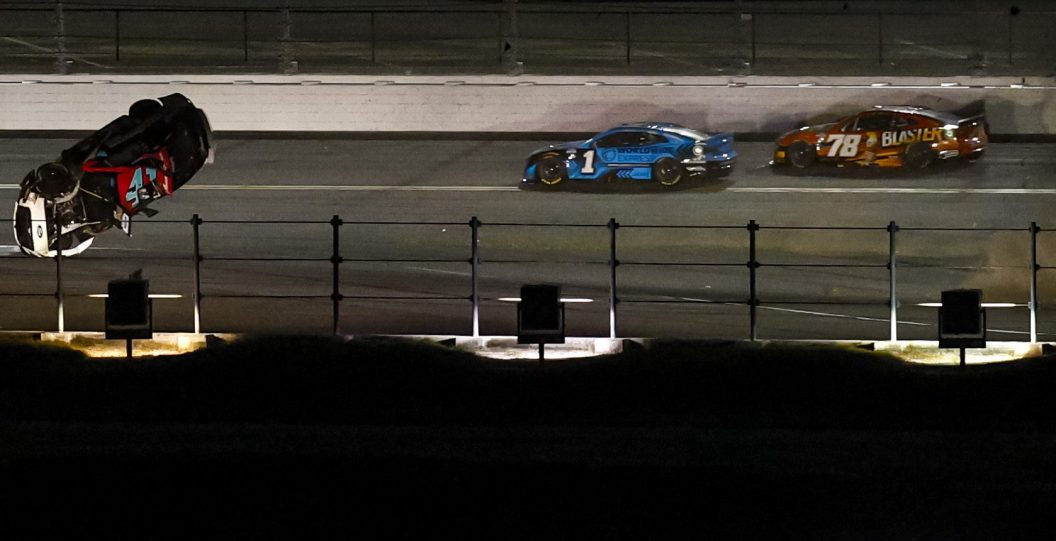No one will quickly forget the horrific ride Ryan Preece took during the Coke Zero Sugar 400 at Daytona this past summer.
Videos by FanBuzz
Preece violently flipped through an area of grass on the back straightaway, and barrel rolled through the air well over a dozen times before finally landing on the ground.
When NASCAR returns in February, that grass that sent Preece into orbit will be gone.
The grass that covered most of the area next to the backstretch's racing surface on the backstretch has been paved, and the remaining grass has been moved away from the oval configuration completely.
Drivers express they would rather have pavement than grass for safety reasons, and it has been a common theme to remove grass from tracks across the country to reduce cars' chances of getting airborne and to give drivers more opportunity to slow their cars on asphalt before hitting the inside wall. The first biggest change away from grass can be traced back to Auto Club Speedway in Fontana, California, after IndyCar's Greg Moore lost his life in 1999. The 2-mile oval track removed the grass from the backstretch shortly after the race.
This move at Daytona isn't the first of its kind either, as NASCAR removed the grass entering Daytona's first and second turns following a major crash in the season-opening Xfinity Series race in 2015 that saw Kyle Busch suffer two broken legs after the grass failed to slow down his spinning car.
In a statement shared with Jim Utter and motorsport.com, Daytona International Speedway, NASCAR and the drivers collaborated on the paving project as a precaution to prevent any further crashes of the magnitude of Preece's wreck.
"The paving project was a result of collaboration between DIS, NASCAR, and drivers to ensure the racing integrity of the chicane is preserved for all sanctioning bodies who race at DIS, while also recognizing safety is a constantly evolving process at our tracks," the statement said.
While the removal of the grass won't impact IMSA when it runs the 24 Hours of Daytona on the road course in February, it is a significant and necessary safety enhancement for NASCAR. It's good to see NASCAR and Daytona were able to get it done quickly and efficiently... and finally.
